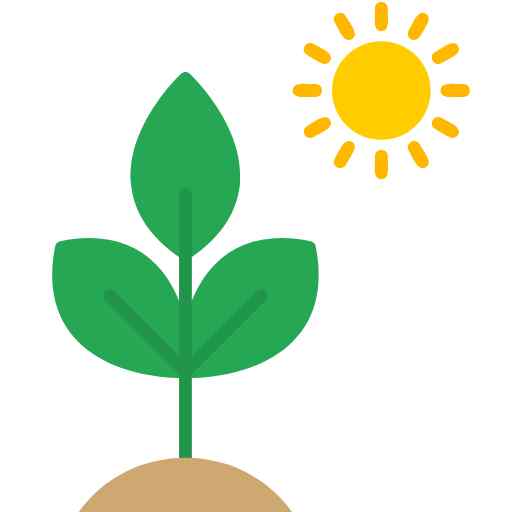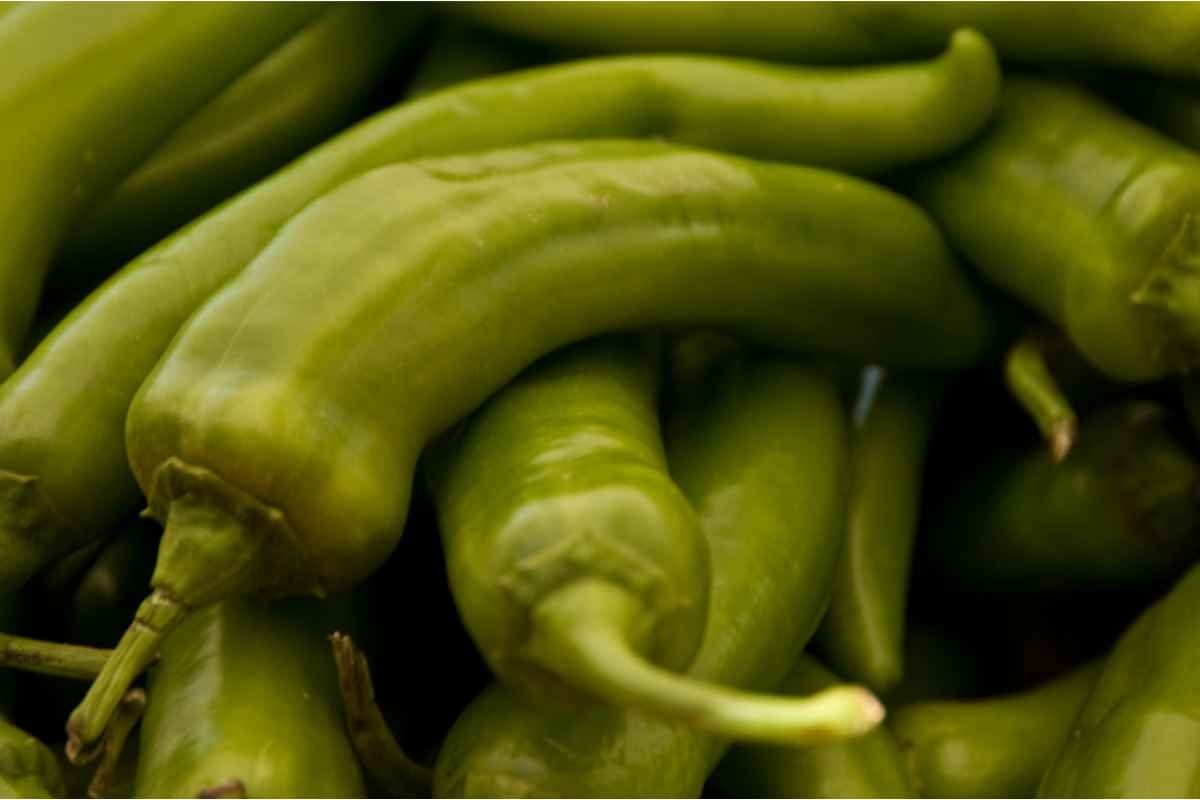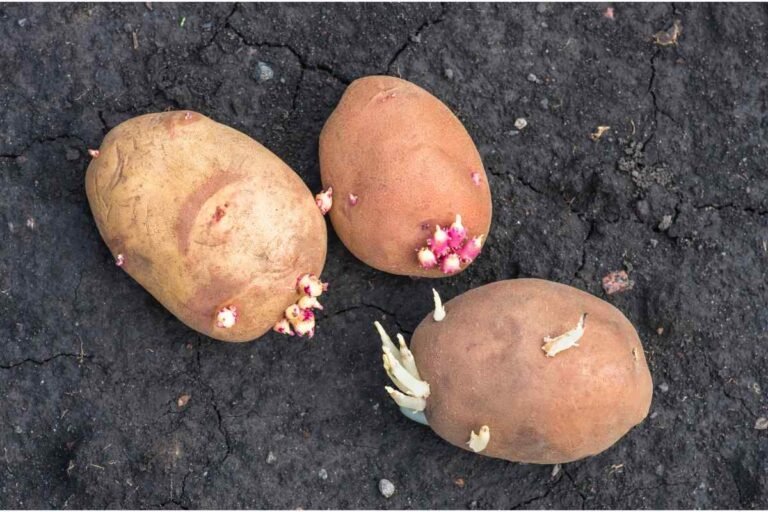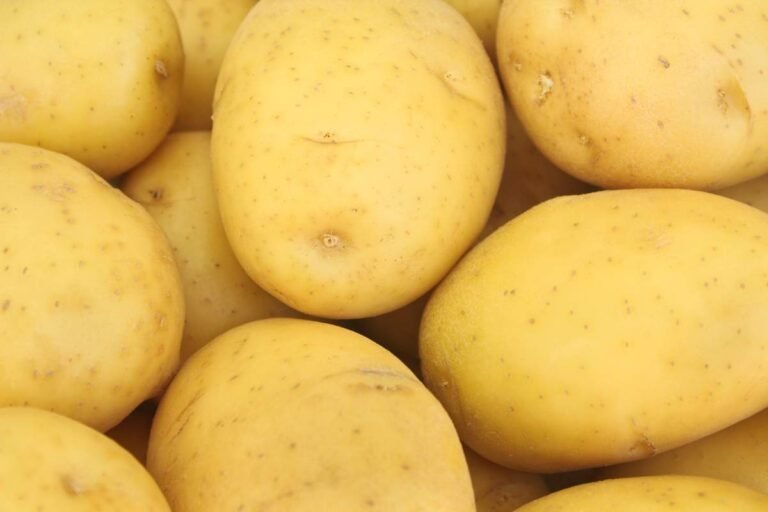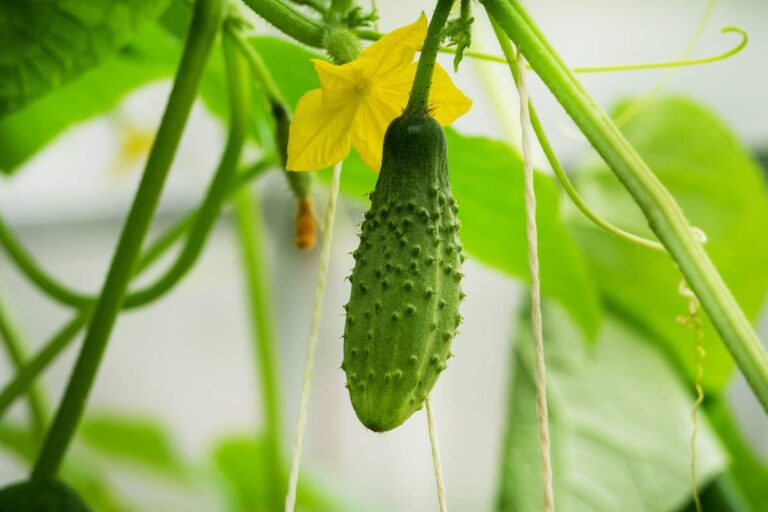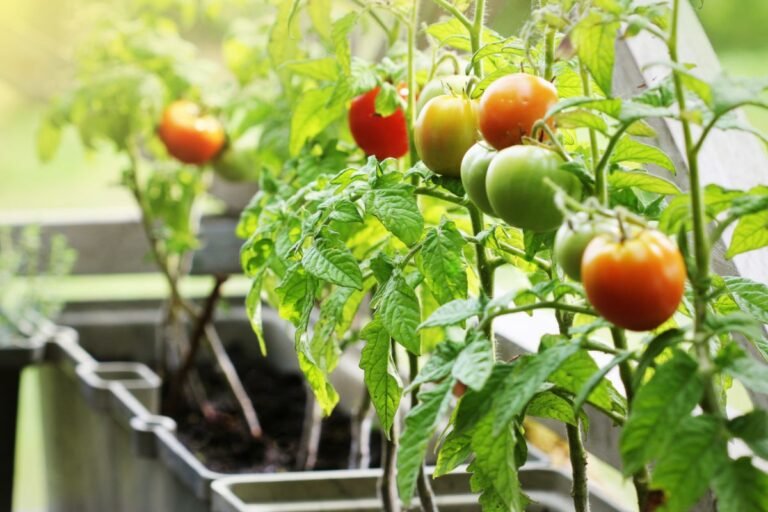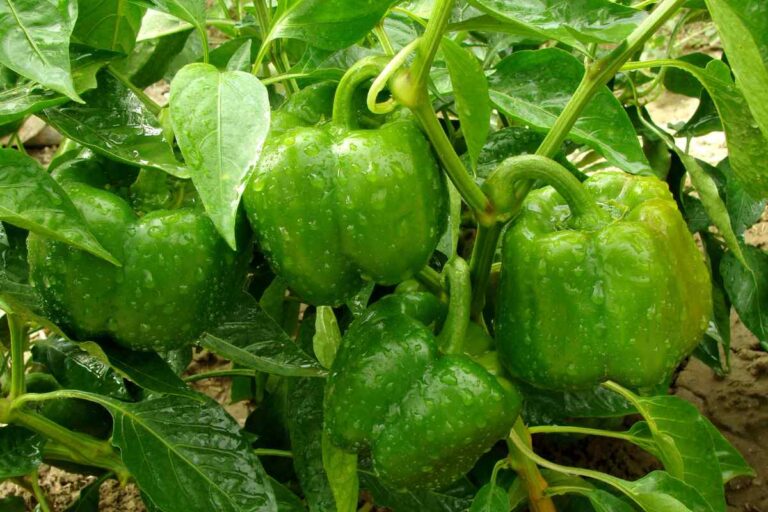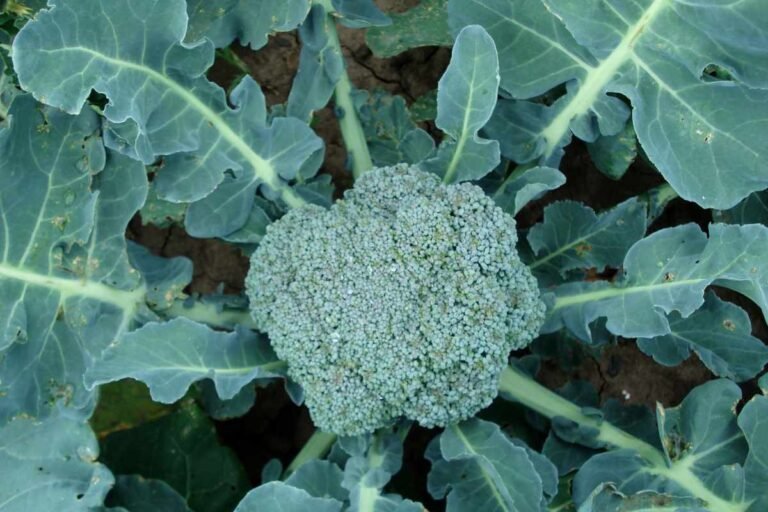A Spicy Adventure: How to Grow Pepperoncinis at Home
Pepperoncinis, also known as Tuscan peppers or sweet Italian peppers, are a popular variety of chili pepper. Their mild heat and tangy flavor make them a versatile addition to various dishes, from salads to sandwiches. Learning how to grow pepperoncinis at home can be an exciting and rewarding experience for both novice and experienced gardeners. This comprehensive guide will help you embark on your own spicy adventure by providing step-by-step instructions for growing pepperoncini peppers.
The Benefits of Growing Pepperoncini Peppers at Home
Growing pepperoncini peppers in your garden offers several advantages:
Freshness and Flavor
Homegrown pepperoncinis boast superior freshness and flavor compared to store-bought alternatives.
Pesticide-Free Produce
By growing your pepperoncini plant organically, you can enjoy pesticide-free peppers.
Money-Saving
Cultivating pepperoncinis at home can save you money in the long run by reducing the need to purchase peppers from the store.
Aesthetic appeal
The full-grown pepperoncini plant, with its vibrant green foliage and colorful fruits, adds visual interest to your garden.
Therapeutic Benefits
Gardening has been shown to provide physical and mental health benefits, such as reducing stress and promoting physical activity.
Steps to Grow Pepperoncini Peppers
Growing pepperoncinis at home can be a spicy adventure that rewards you with fresh, flavorful peppers for your culinary creations. By following this comprehensive guide, you’ll be well on your way to cultivating a thriving pepperoncini plant and enjoying the fruits of your labor in various delicious dishes.
Selecting the Right Pepperoncini Seeds
To embark on your pepperoncini growing journey, begin by selecting high-quality seeds from a reputable source. Choose seeds suited to your climate and growing conditions, and consider factors such as the heat level, size, and growth habits of the pepperoncini plant. If possible, opt for organic, non-GMO seeds to ensure a healthy, pesticide-free crop.
How to Grow Pepperoncini from Seeds
Growing pepperoncini peppers from seeds can be a rewarding experience. Here are the steps to start your seeds indoors:
Gather Your Supplies
- You’ll need seed trays or small pots, seed-starting mix, a watering can or spray bottle, and a heat mat or warm location.
- Fill the seed trays or pots with a moistened seed-starting mix, leaving about 1/4 inch of space at the top.
- Place 1-2 seeds per cell or pot, and cover them with a thin layer of the seed-starting mix.
- Gently water the seeds, ensuring the mix remains consistently moist but not waterlogged.
- Place the trays or pots on a heat mat or in a warm location with temperatures between 70-80°F (21-27°C) to encourage germination.
- Monitor the seeds daily and keep the soil moist but not soggy. Germination should occur within 7-21 days.
- Once the seedlings have sprouted, move them to a location with plenty of bright, indirect light. A sunny windowsill or grow lights are suitable options.
Transplanting Pepperoncini Seedlings
After your pepperoncini seedlings have developed a few sets of true leaves and the risk of frost has passed, it’s time to transplant them outdoors or into larger containers. Follow these steps for successful transplanting:
- Harden off the seedlings by gradually exposing them to outdoor conditions over a week to 10 days. Start with a couple of hours outside and gradually increase the duration, avoiding exposure to extreme temperatures or harsh winds.
- Choose a well-draining location in your garden with full sun exposure, or select a large container with drainage holes if you plan to grow pepperoncini peppers in pots.
- Prepare the soil by amending it with compost or well-rotted manure to improve fertility and drainage. For container-grown plants, use a high-quality potting mix amended with compost.
- Space your pepperoncini plants about 18-24 inches apart, with rows approximately 24-36 inches apart. For container-grown plants, use a container that is at least 12-14 inches in diameter and depth.
- The seedling should be carefully inserted into a hole that has been dug somewhat larger than its root ball. Fill the hole with soil, pressing down gently to eliminate air pockets, and water thoroughly.
Caring for Your Pepperoncini Plant
- Proper care is essential for growing pepperoncini peppers successfully. Keep these tips in mind to maintain a healthy, productive pepperoncini plant:
- Water consistently, providing approximately 1-2 inches of water per week. Ensure the soil remains moist but not waterlogged.
- Mulch around the base of the plant with organic materials such as straw, wood chips, or grass clippings to help conserve moisture, suppress weeds, and regulate soil temperature.
- Fertilize your pepperoncini growing plants with a balanced, organic fertilizer or compost tea every 4-6 weeks throughout the growing season.
- Stake or cage your pepperoncini plant to provide support as it grows, preventing fruit from touching the ground and reducing the risk of disease.
Identifying and Dealing with Pests and Diseases
Keep an eye out for common pests and diseases affecting pepperoncini plants:
- Aphids, whiteflies, and spider mites can be controlled with insecticidal soap or neem oil.
- Pepper maggots and tomato hornworms can be removed by hand-picking.
- Fungal diseases, such as blight and leaf spot, can be prevented by practicing proper crop rotation, avoiding overhead watering, and removing affected plant parts.
When to Pick Pepperoncinis
Pepperoncinis are usually ready to harvest 70-80 days after transplanting. When to harvest pepperoncini peppers depends on your preference for flavor and heat, as they become spicier as they mature. Here are some indicators that it’s time to pick your pepperoncinis:
Size
Pepperoncinis are typically 2-5 inches long and 1-1.5 inches wide when fully grown.
Color
Immature pepperoncinis are green, turning red or yellow-orange as they ripen.
How to Harvest Pepperoncinis
To harvest your pepperoncinis, use a sharp pair of scissors or pruning shears to cut the fruit from the plant, leaving a small portion of the stem attached. Be sure to wear gloves to protect your hands from the pepper’s capsaicin, which can cause skin irritation.
Storing and Preserving Your Homegrown Pepperoncinis
- Once you’ve harvested your pepperoncinis, proper storage and preservation are essential to enjoy their flavor and heat for an extended period.
- Fresh pepperoncinis can be stored in the refrigerator for up to two weeks in a loosely sealed plastic bag or container.
- To dry your pepperoncinis, thread a needle and fishing line or string through the stems, and hang them in a well-ventilated, warm, and dark place. Place them in a tightly sealed container after they have dried completely.
- Pickling is a popular preservation method for pepperoncinis. To pickle your peppers, wash and slice them before placing them in sterilized jars. Pour a boiling vinegar brine over the peppers, seal the jars, and process them in a boiling water bath.
Creative Uses for Your Homegrown Pepperoncinis
- Your homegrown pepperoncinis can be used in a variety of dishes to add a tangy, mildly spicy flavor.
- Toss sliced pepperoncinis into salads, pasta dishes, or stir-fries for a burst of flavor.
- Add pickled pepperoncinis to sandwiches, wraps, or burgers to enhance their taste and texture.
- Incorporate dried and ground pepperoncinis into spice blends, marinades, or sauces for an extra kick.
- Stuff fresh pepperoncinis with cheese, herbs, or meat and bake or grill them for a tasty appetizer or side dish.
Health Benefits
Pepperoncini peppers offer several health benefits due to their nutritional content and bioactive compounds. Here are some notable health benefits of incorporating pepperoncinis into your diet:
Rich in Antioxidants
Pepperoncinis are a good source of antioxidants, such as vitamin C and carotenoids, which help protect the body against free radicals and oxidative stress. These antioxidants can support immune function, promote skin health, and may reduce the risk of chronic diseases.
Low in Calories
With their low calorie count, pepperoncinis can be a flavorful addition to a weight management diet. They provide a spicy kick to dishes without significantly increasing the overall caloric content.
Anti-Inflammatory Properties
The capsaicin found in pepperoncinis has been shown to possess anti-inflammatory properties. Consuming pepperoncinis may help reduce inflammation in the body, potentially alleviating symptoms associated with inflammatory conditions.
Boosts Metabolism
Capsaicin in pepperoncinis can help increase metabolism by stimulating the body’s thermogenic processes. This, in turn, can contribute to weight loss and weight management efforts.
Supports Digestive Health
The fiber content in pepperoncinis promotes healthy digestion by adding bulk to stool, preventing constipation, and supporting the growth of beneficial gut bacteria.
Heart Health Benefits
Pepperoncinis contain potassium, an essential mineral that supports proper heart function by helping to regulate blood pressure and maintain electrolyte balance. Additionally, the capsaicin in pepperoncinis has been linked to improved blood flow and reduced cholesterol levels, which can contribute to overall heart health.
Pain Relief
Capsaicin, the compound responsible for the spiciness of pepperoncinis, has been found to possess analgesic properties. It works by desensitizing pain receptors, which may provide relief from pain caused by conditions like arthritis or muscle soreness.
Let’s Have a Quick Overview – FAQs
Can Pepperoncini Plants be Grown in Containers?
Yes, pepperoncini plants can be successfully grown in containers. Ensure that the container is at least 12-14 inches in diameter and depth, and use a high-quality potting mix amended with compost to provide adequate nutrients and drainage.
How long does it Take for a Pepperoncini Plant to Produce Fruit?
Pepperoncini plants typically take around 70-80 days from transplanting to produce fruit. Factors such as temperature, sunlight, and proper care can influence the time to fruit production.
Are there Different Varieties of Pepperoncini Peppers?
Yes, there are several varieties of pepperoncini peppers, including Greek and Italian varieties. While their heat levels and flavors are similar, they may differ in size, shape, and color.
How do Pepperoncini Plants Pollinate?
Pepperoncini plants are self-pollinating, which means they do not require cross-pollination from other plants to produce fruit. However, insects such as bees can aid in the pollination process and increase fruit production.
Can I Grow Pepperoncini Peppers Alongside Other Vegetables in My Garden?
Yes, you can grow pepperoncini peppers with other vegetables in your garden. Good companion plants for growing pepperoncini peppers include tomatoes, basil, and onions. These plants can help repel pests and enhance each other’s growth.
Can Pepperoncini Plants be Grown Indoors?
While pepperoncini plants can be grown indoors, they require sufficient light and proper care to thrive. Grow lights or a sunny windowsill can provide the necessary light, and maintaining consistent temperature, humidity, and watering practices will ensure healthy growth.
What is the Best Way to Overwinter Pepperoncini Plants?
To overwinter pepperoncini plants, prune them back to about 12 inches, and bring them indoors before the first frost. Place them in a cool, well-lit area with temperatures between 50-60°F (10-15°C). Water sparingly during the winter months, just enough to keep the soil slightly moist. Once the risk of frost has passed in the spring, gradually reintroduce the plants to outdoor conditions and resume regular care.
Incorporating pepperoncinis into a balanced diet can provide these health benefits, making them a flavorful and nutritious addition to various dishes. As with any food, moderation is key, and it is essential to consider individual dietary needs and sensitivities.
